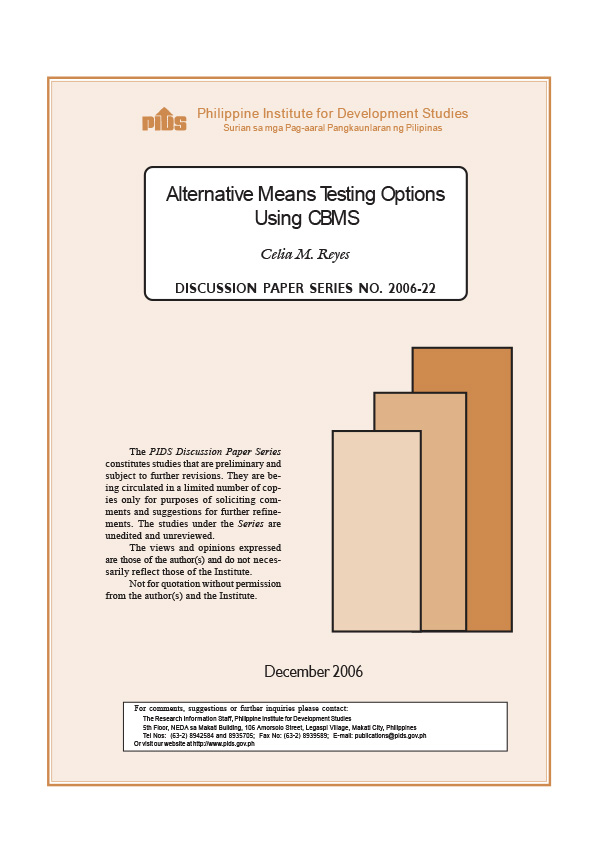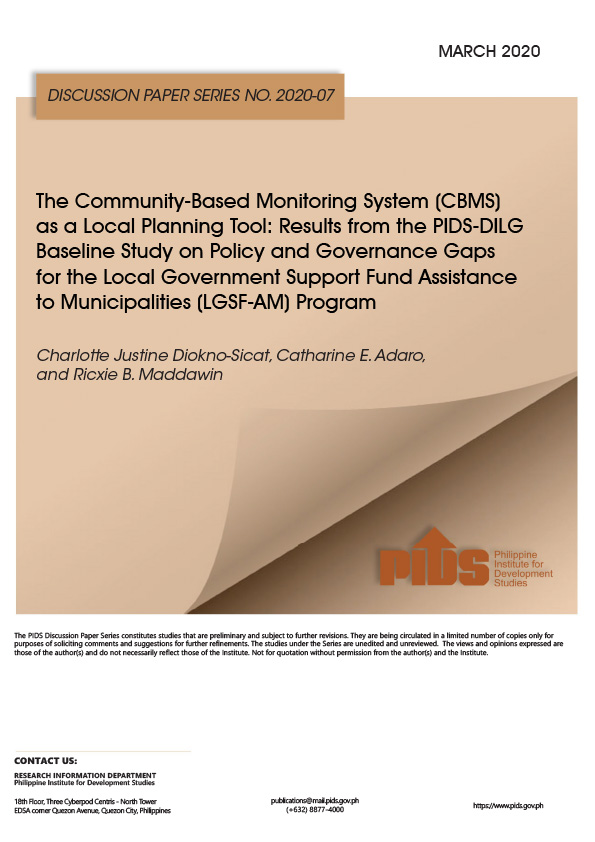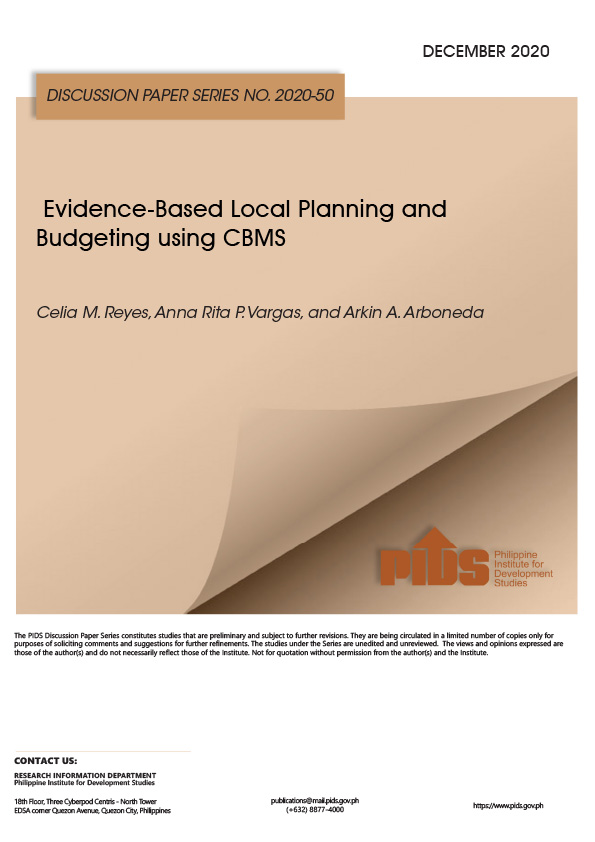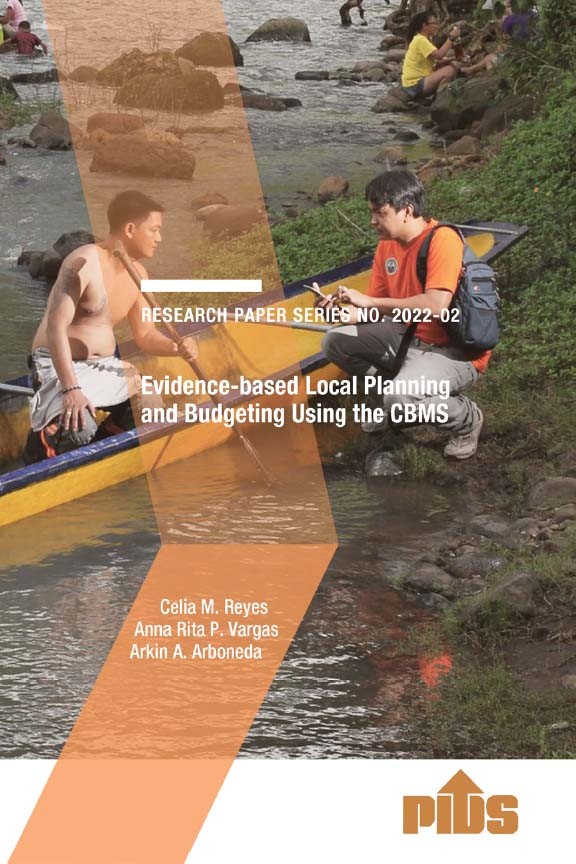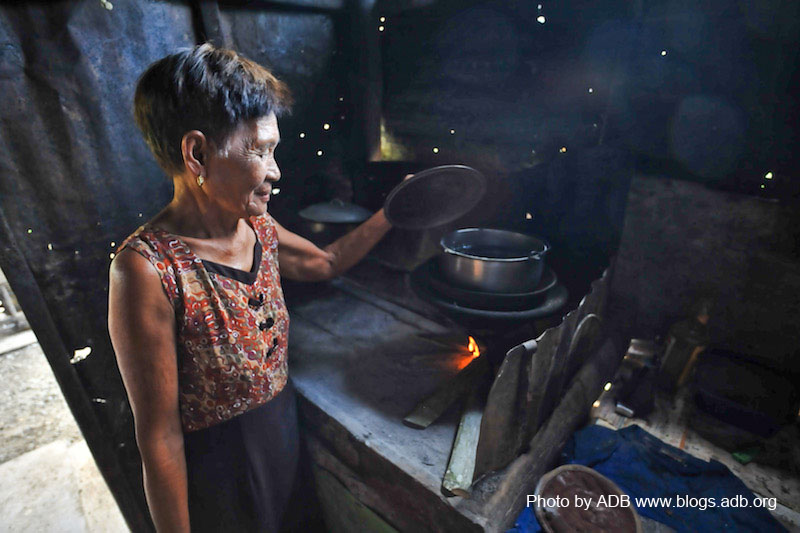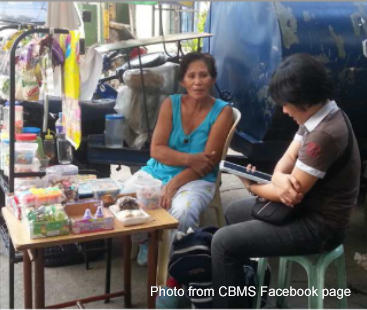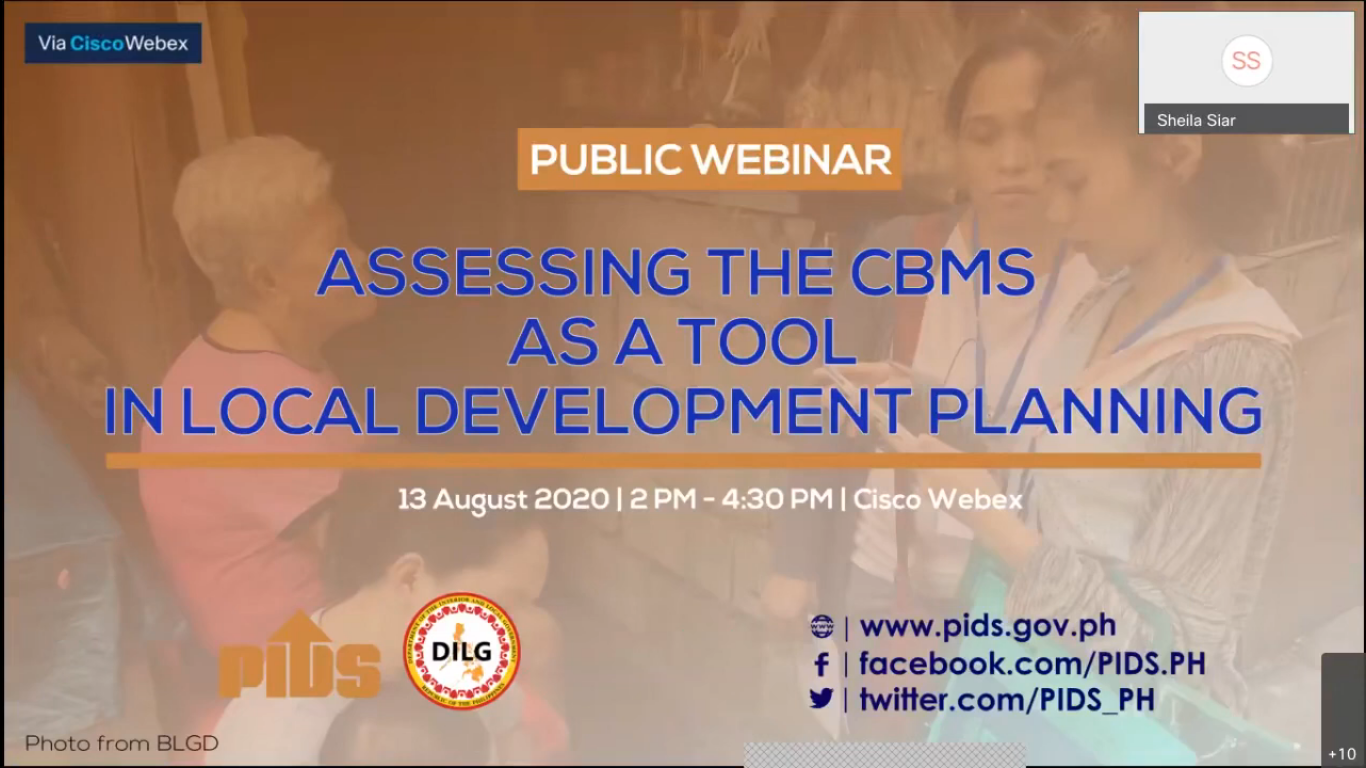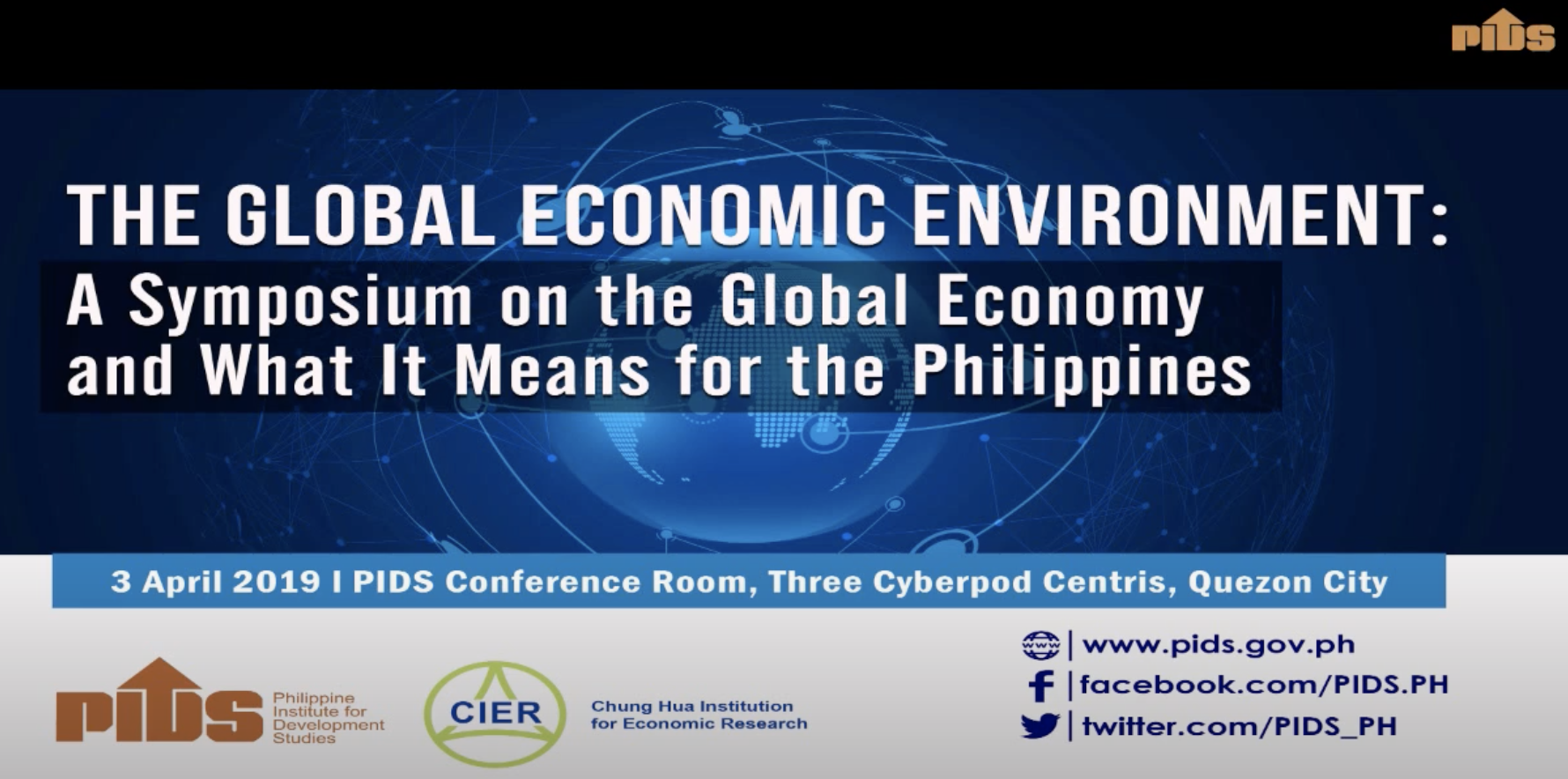The study proposes an alternative means to the present manner of identifying eligible Philhealth beneficiaries through the use of three criteria, namely: income, ownership of assets and socioeconomic characteristics, and electricity consumption. The information/data gathered in evaluating the criteria are sourced with the use of the community-based monitoring system (CBMS) approach. Given that many of the poor households may not have verifiable records/documents regarding the first criterion--income--the study recommends the adoption of a two-stage screening method using the other two criteria. Households are first classified on the basis of socioeconomic variables that are predictors of income-based poverty status. This is followed by a second stage screening based on electricity consumption for those who passed the first screening. The proposed methodology addresses the problem of undercoverage/exclusion of possible eligible beneficiaries from the program that is evident in the present manner of identifying beneficiaries.
Citations
This publication has been cited 3 times
- Barrios, Erniel B. and Christian D. Mina. 2009. Profiling poverty with multivariate adaptive regression splines. Discussion Papers DP 2009-29. Philippine Institute for Development Studies.
- Barrios, Erniel B. and Christian D. Mina. 2013. Profiling poverty with multivariate adaptive regression splines. Philippine Journal of Development PJD 2010, 37, no. 2d. Philippine Institute for Development Studies.
- Jehu-Appiah, Caroline. 2010. Efficiency, equity and feasibility of strategies to identify the poor: An application to premium exemptions under National Health Insurance in Ghana. Health Policy, 95, nos. 2-3, 166-173. Elsevier.

